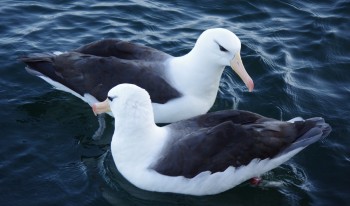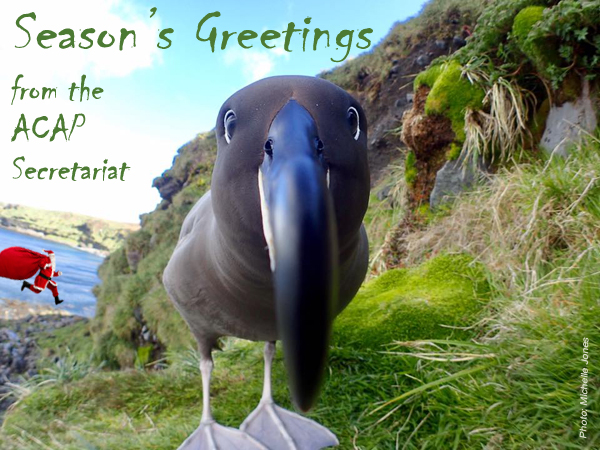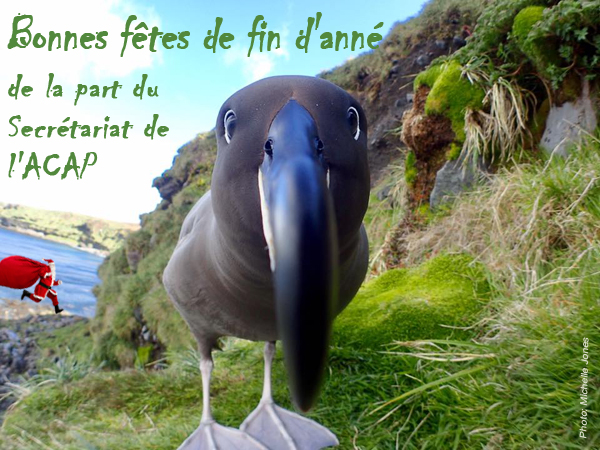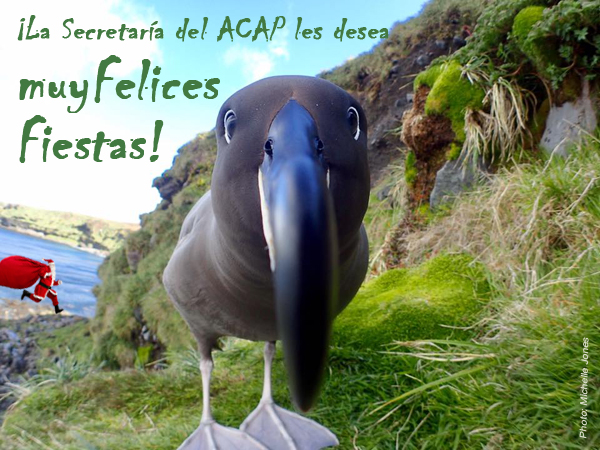Ben Sullivan (Fishtek Marine, Totnes, Devon, UK) and colleagues have published early view in the journal Animal Conservation on a new mitigation measure for pelagic longliners
The paper’s abstract follows:
“Bycatch of pelagic seabird species in longline fisheries is recognized as one of the most important and pervasive sources of mortality, contributing to an increased risk of their extinction. Uptake of mitigation measures to reduce seabird bycatch has not been widespread by the industry. Here, we present the results of 18 at-sea trials conducted between 2011–2015 onboard pelagic longliners targeting tuna (Thunnus spp) and swordfish (Xiphias gladius) in South African, Brazilian and Australian waters, using a recently designed seabird bycatch mitigation device. The ‘Hookpod’ is a polycarbonate capsule that encases the point and barb of baited pelagic longline hooks to prevent seabirds from becoming hooked and drowning during line-setting operations. The assessment was based on efficacy (i.e. reducing rates of seabird bycatch without impacting target catch rate) and practicality (i.e. how the Hookpod fitted into fishing operations). We observed 59 130 experimental branchlines over 129 sets and recorded a single seabird mortality on the Hookpod branchlines compared to 24 on the control branchlines, a bycatch rate of 0.04 birds/1000 hooks and 0.8 birds/1000 hooks, respectively. No difference in catch rate of target fish species between Hookpod and control treatments was detected. These findings demonstrate that Hookpods do not negatively affect catch rate of target species and could make an important contribution to halting the decline of many seabird populations if adopted as a mitigation measure by the pelagic longline fishing industry.”

Black-browed Albatrosses - at risk to longlining, photograph by Kollette Grobler
With thanks to Susan Mvungi, Niven Librarian, FitzPatrick Institute, University of Cape Town.
Reference:
Sullivan, B.J., Kibel, B., Kibel, P., Yates, O., Potts, J.M., Ingham, B., Domingo, A., Gianuca, D., Jiménez, S., Lebepe, B., Maree, B.A., Neves, T., Peppes, F., Rasehlomi, T., Silva-Costa, A. & Wanless, R.M. 2017. At-sea trialling of the Hookpod: a ‘one-stop’ mitigation solution for seabird bycatch in pelagic longline fisheries. Animal Conservation DOI: 10.1111/acv.12388.
John Cooper, ACAP Information Officer, 26 December 2017

 English
English  Français
Français  Español
Español 




